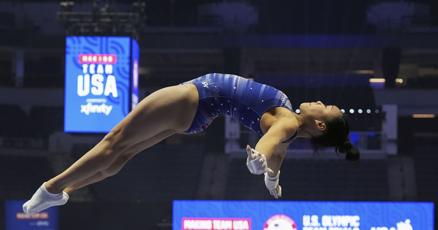
**Opening Night Injuries and Salary Cap Gymnastics: A Balancing Act**
As the NHL’s 2023-2024 season kicks off, teams are facing an age-old dilemma: balancing their rosters within the confines of the salary cap, all while managing injuries. The start of the season is an exciting time, but for many teams, the Opening Night roster isn’t necessarily the most ideal one—it’s the most *cap-compliant*. Teams are forced to juggle player injuries and salary cap restrictions, which has given rise to a phenomenon fans have dubbed “salary cap gymnastics.”
### Injured Reserve (IR) as a Strategy
Injuries are an unfortunate but inevitable part of the NHL, and the start of a new season always comes with a few key players on the shelf. Teams use the Injured Reserve (IR) list to navigate these situations. Players placed on IR are out for at least seven days, freeing up a corresponding amount of cap space equivalent to their salary. This allows teams to temporarily replace these players without exceeding the salary cap.
However, this isn’t always as simple as it sounds. Teams have to decide how long players will be out and whether they should place them on IR, Long-Term Injured Reserve (LTIR), or let them recover without designation. LTIR, in particular, has been used as a clever tool by cap-strapped teams because it allows a player’s full salary to be replaced in terms of cap space after a certain threshold.
### The Art of Salary Cap Gymnastics
Salary cap gymnastics refers to the way general managers manipulate the NHL’s hard cap system. Opening Night rosters often feature a combination of strategic call-ups, temporary demotions, and other shuffling to stay within cap limits while keeping the team competitive.
Take, for instance, the practice of sending waiver-exempt players down to the AHL for a day or two, just to create some extra cap flexibility. Some teams also use LTIR to delay the activation of a star player, only bringing them back when it’s financially feasible. This approach allows teams to buy time, often waiting for more cap space to open up during the season, either through a trade or a decline in injuries.
### Conclusion
The season’s Opening Night roster isn’t always an indication of what the lineup will look like long-term. Injuries, combined with the NHL’s hard salary cap, force teams into a delicate balancing act. Successfully navigating these constraints—whether through the use of IR or creative cap management—can make the difference between a playoff contender and an underperforming team.
Leave a Reply